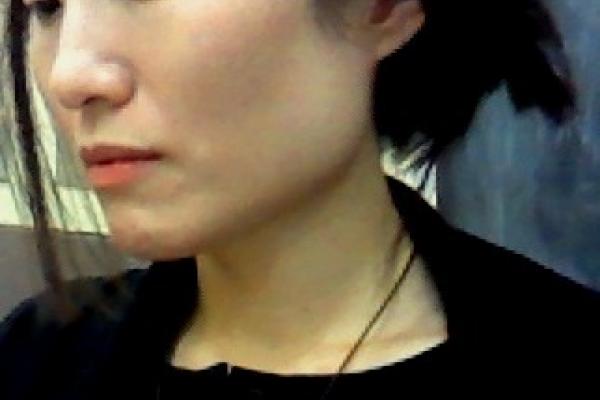
"The Spacetime of the DMZ" approaches the Demilitarized Zone through the framework of a Korean form of geomancy known as p’ungsu (풍수). Like fengshui (its Chinese counterpart), p’ungsu encompasses ecology, landscape architecture, geopolitics, and acupuncture. Its adherents regard the environment as a living organism through which qi—energy—circulates just as it circulates through the human body. Qi is said to converge at crucial spots called myeongdang. Seoul is often cited as an instance of myeongdang due to the vitally expressive syntax of mountains and flowing water that characterize Seoul’s location. I explore the DMZ as a counter-myeongdang, a man-made geomantic black hole around which spacetime is deformed and qi is out-of-balance. Evidence of the DMZ’s disturbing geomantic impact can be found in works of science fiction ranging from Cathy Park Hong’s dystopian verse-novel Dance Dance Revolution to Y0UNG-HAE CHANG HEAVY INDUSTRIES’s digital text "Miss DMZ" (a fast-paced narrative that simulates the experience of a strictly controlled tour).
These and other narratives are haunted by time-traveling spies, uncanny minders and escorts, ghosts along the 38th parallel, endangered wildlife inhabiting 248 kilometers of ecological paradise made possible by over fifty years of "demilitarization," and abductees teleported to a quantum North Korea simultaneously real and unreal. As such figures demonstrate, the DMZ and the DPRK comprise a prolific source of science-fictional iconography. What these science-fictional figures reveal, moreover, is the gravitational pull—the aesthetic and epistemological attraction—of a country from which virtually nobody can escape and no reliable information seems forthcoming. What exactly is life like beyond the event horizon of North Korea's borders? If the DPRK were suddenly to collapse, would apocalypse descend on the peninsula? What is or should be the fate of the geomantic black hole that was created in the wake of World War Two?
Seo-Young Chu is Assistant Professor of English at Queens College, CUNY. She is the author of Do Metaphors Dream of Literal Sleep?: A Science-Fictional Theory of Representation (2010). More information about her work can be found at Seo-Young Chu's TTBOOK page.
